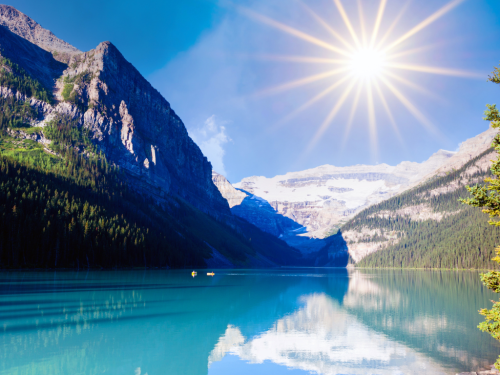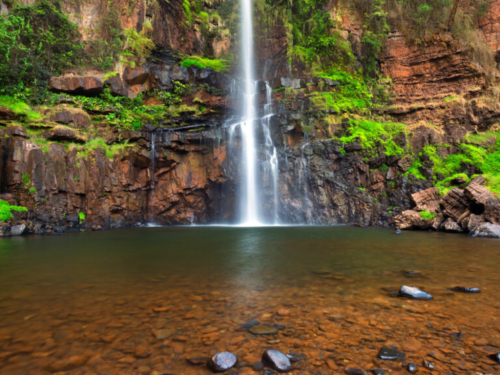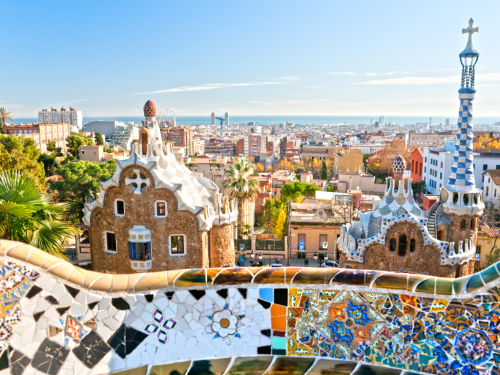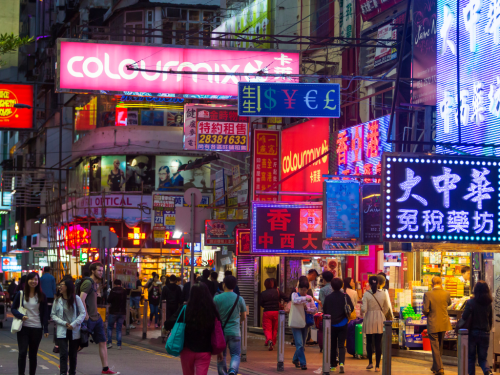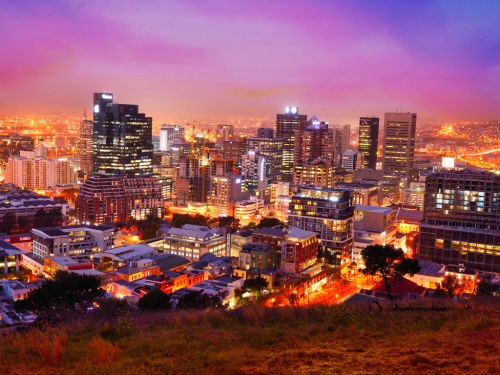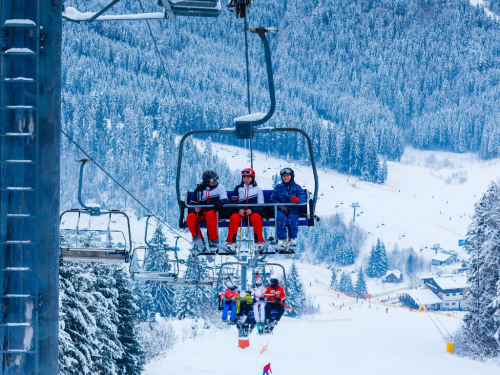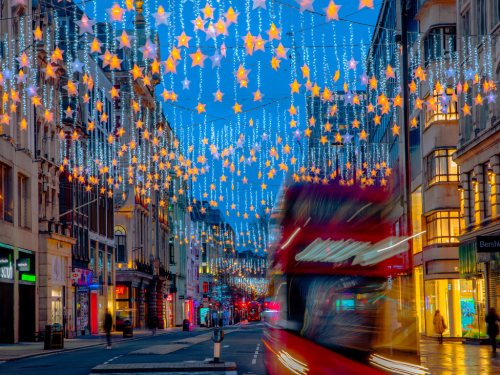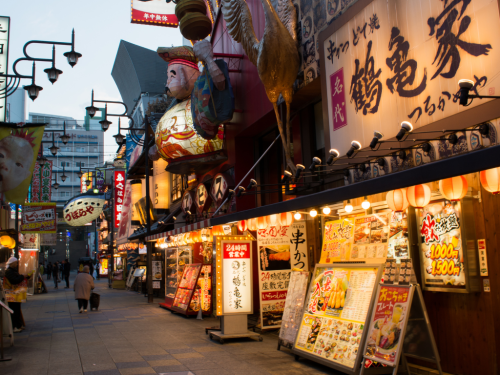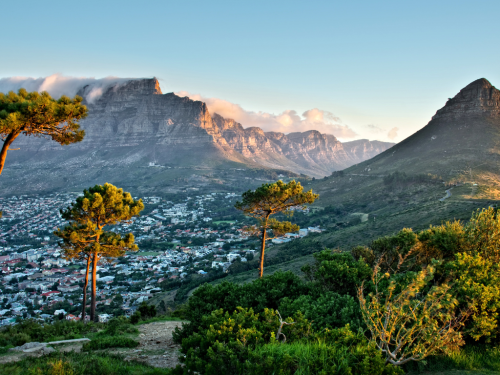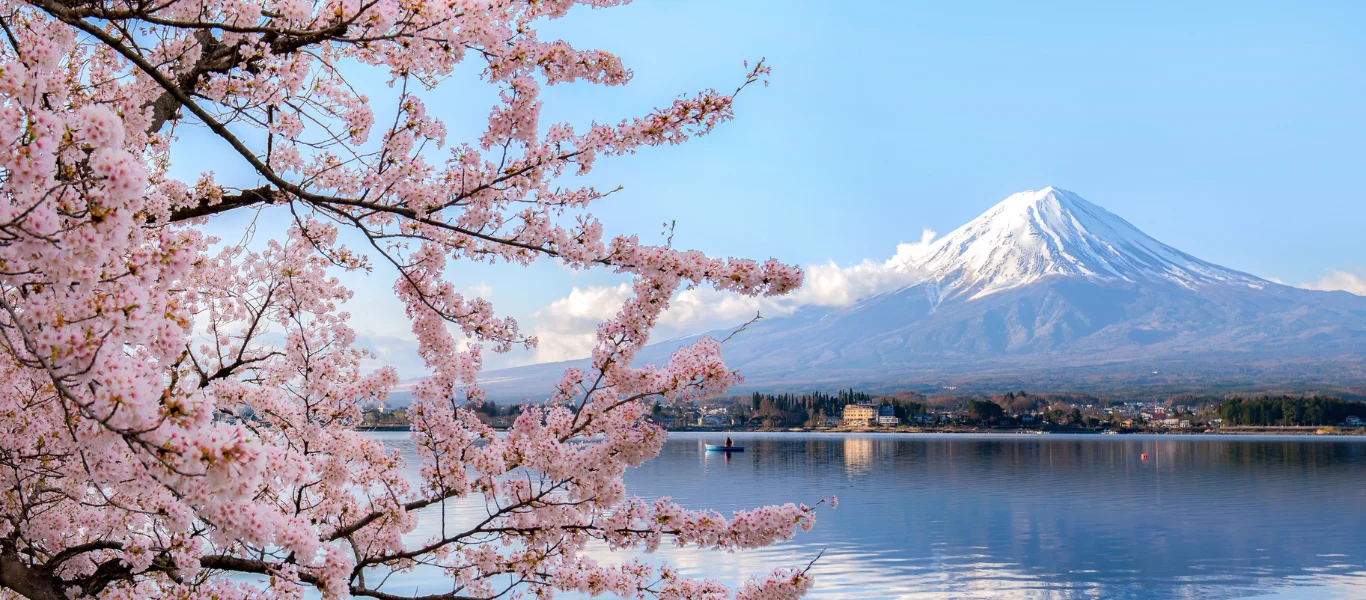
With its captivating fusion of tradition and modernity, as well as its bustling cities and breathtaking countryside – Japan offers visitors a formidable experience. So whenever you decide to visit, there are plenty of experiences to be had.
From the lively atmosphere of downtown Tokyo to a tranquil retreat surrounded by wooded mountains, there’s a season in Japan that’s ideal for you. Here is our guide to help you choose the perfect time to visit.
April to May
April through May marks the peak travel period in Japan, thanks to the cherry blossom season. During this time, locals and tourists alike flock to parks, gardens, and other blossom-strewn spots to partake in hanami, the annual ritual of observing the spring blossom.
The cherry blossoms emerge and disappear over a two-week period, depending on weather patterns and local geography, making it difficult to predict the exact timing in advance. Along Japan’s “Golden Route,” a popular tourist trail running along the east coast, the flowers usually bloom between late March and early April, making April a reliable month to plan a trip.
Golden Week arrives in early May, bringing warm and sunny weather and a string of national holidays. If you’re planning a trip around this time, note that hotel and flight prices may skyrocket as crowds flood Japan’s cities.
June to July
June and July are the ideal months for hiking in the Japanese Alps, with nature enthusiasts drawn to the great outdoors as the summer heat builds up in the cities. Firework festivals in July are a big attraction, with tens of thousands of rockets lighting up the night skies over major cities.
Tanabata, the festival of star-crossed lovers, sees locals donning traditional kimono and yukata robes as they set out to find romance. Honshu, Japan’s main island, typically experiences its rainy season between these two months, resulting in slightly lower hotel prices and fewer crowds for outdoor activities.
August to November
Late summer and fall see a surge in visitor numbers, with big crowds of domestic tourists. The O-Bon season (Festival of the Dead), which starts in mid-August, is the summer equivalent of Golden Week and is a busy time due to national holidays, colorful festivals, and high temperatures. August is also a popular time for cooler mountain destinations, and Mt Fuji is a hub for hikers during the mid-July to mid-September climbing season.
September sees a lull before the fall foliage season begins, which starts in late September and moves slowly south across the country, attracting crowds to ancient gardens and mountain trails. Late November is the most scenic time for hiking through the forests of Mt Takao and Mt Mitake on the outskirts of Tokyo.
December to March
During winter, tourist attractions in Japan are less crowded, and accommodation is generally more affordable – except for the ski resorts as they get busy with the skiing season. For avid skiers and snowboarders, Japan’s powder snow, especially in Hokkaidō, is considered some of the best in the world, and it might be worth spending extra to experience it. However, it’s important to note that many businesses shut down during the New Year period, and temples and shrines get crowded with Japanese families. Therefore, it’s advisable to stay in cities during this time, and Tokyo is usually the best place for celebrating big New Year parties.
There you have it! What to expect and when – so when you’re planning your next travel adventure you can plan around the activities and holiday you want. Happy exploring!


